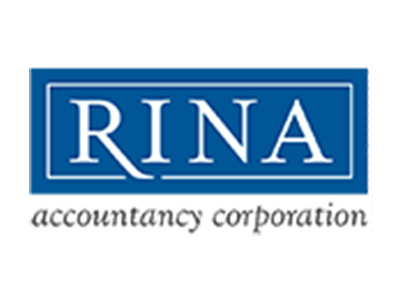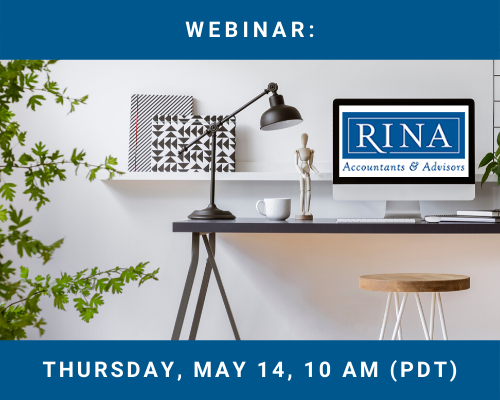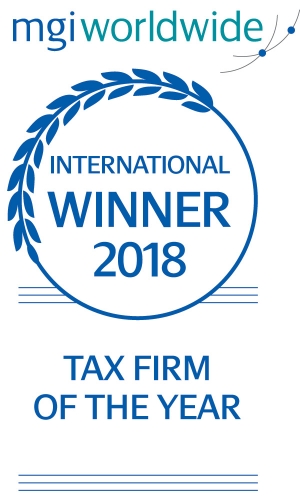Understanding Your Retirement Plan
by Chris DeMay, CPA | Tax Stockholder | RINA accountancy corporation
Were you aware that more than 72,000 Americans passed their 100th birthday in 2014, a 44% increase from 2000 according to the Centers for Disease Control and Prevention? Additional years can add a lot of expenses, especially in today’s health care environment where an individual outliving their retirement savings is becoming a more likely development. The 401(k) plan has emerged as the most popular form of retirement plan in the United States.
Retirement plans offer significant tax advantages to business owners’ and provides them and their employees with an incentive to save for the future. Also, retaining good employees these days can be difficult and offering a 401(k) plan can be a huge benefit for your employees. The money you and your employees save and gain on investments is tax sheltered until retirement. That means your employees put money in savings before taxes are taken out of their paychecks. Then, when they retire and start withdrawing money from their 401(k)s to live on, they will be taxed at an income tax rate versus a capital gains tax rate, which is far better. If you are thinking about creating a 401(k) plan, here are some items to think about.
Testing the Plan
The Internal Revenue Service requires all 401(k) plans to be tested annually. One test is the ADP/ACP test, which stands for actual deferral percentage/actual contribution percentage. The purpose of the test is to determine whether all participants are benefiting equitably from the plan. Other tests are designed to ensure that participants are not exceeding the contribution limits allowed by the IRS. We often see owners receiving forced distributions from their retirement plans due to discrimination testing failures. The distribution from a failed test can be a significant amount of the owners’ annual contribution and provides evidence that the plan is not working the way it was expected to.
Auditing the Plan
Larger plans require an annual plan audit, adding more time and cost to the administration of the plan. The general rules state that plans with 100+ participants are considered large plans. The 80/120 rule is an exception to the general rule, where a plan will continue as a small plan until their participant count exceeds 120 participants. A small to mid-size business owner with a transient workforce can unintentionally become subject to the audit requirements due to a lack of understanding as to who is included in the participant count. Allowing employees to keep their balance in the Plan after separation may in fact cause the Plan to incur fees from the custodian and trigger the need for an audit. Including an involuntary cash-out provision in the plan is an effective strategy to keep the plan “small” and more cost efficient to administer. This provision allows the Plan to distribute out the former employee’s vested balance to them without their written consent where their vested balance does not exceed $5,000.
Profit Sharing Contributions to the Plan
Additional plan considerations should be made with regards to owners that want to make an employer profit sharing contribution and determining how that contribution should be allocated between the ownership group and the rank and file employees. Owners with a younger work force should consider plan designs that actuarially meet discrimination testing under a safe harbor design that satisfy top heavy contribution requirements. These types of plans can provide cost efficient strategies in getting the age 50+ owner to their $61,000 maximum contribution amount for 2018. A defined benefit plan could also be considered where the owner requires more significant contributions to their retirement plan funding.
There are several options to consider in designing a qualified retirement plan, and many pitfalls that increase the cost, greatly diminishing its overall value. Please contact us to assist in determining the appropriate plan design to get you through those advanced years of retirement.
Chris DeMay, CPA / Tax Stockholder
 Chris joined RINA in January 2012 as a Tax Supervisor in the San Francisco Office. He specialized in the retirement plan industry up until 2006, when he turned his focus towards tax compliance and consulting, completing his Master’s of Taxation at Golden Gate University in 2009. Chris is a member of RINA’s International services department and Estate Planning Group.
Chris joined RINA in January 2012 as a Tax Supervisor in the San Francisco Office. He specialized in the retirement plan industry up until 2006, when he turned his focus towards tax compliance and consulting, completing his Master’s of Taxation at Golden Gate University in 2009. Chris is a member of RINA’s International services department and Estate Planning Group.






